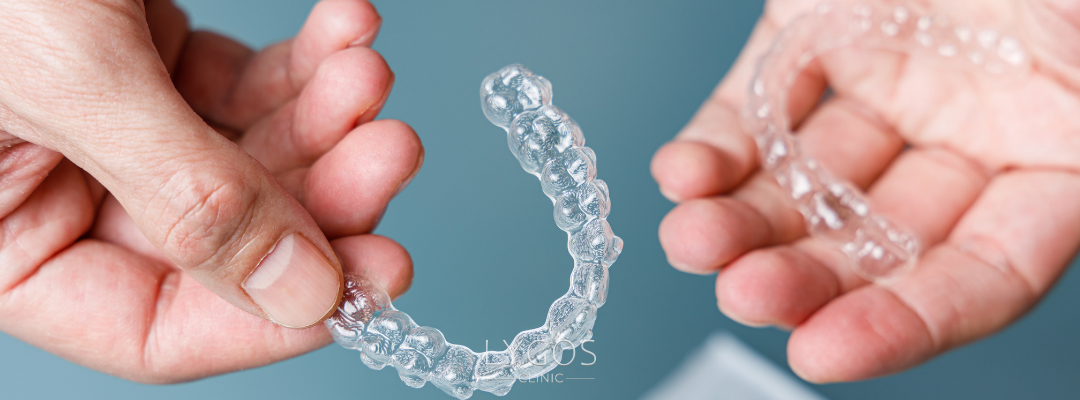What is Teeth Shift | How to Treat

Teeth Shifting
Have you ever noticed a slight shift in the alignment of your teeth? A perfect smile is a powerful tool that can say a lot without saying a single word. However, maintaining the perfect form of your teeth goes beyond regular brushing and flossing.
In this article, we will discuss the signs that your teeth are slipping out of place and the solutions to maintain your perfect smile. A teeth shifting is often unnoticed, but over time it can lead to serious problems. There are several signs to recognize when your teeth have shifted. So, what is teeth shifting? Details in our article…
What is Teeth Shifting?

Teeth shifting refers to the movement of your teeth from their natural position over time. While gradually teeth shifting occurs, this situation is constantly recurring. Teeth shifting, which causes both aesthetic and functional problems, can move for various reasons. Causes of teeth shifting can include gum diseases, missing teeth, improper bite, habits such as clenching or grinding (bruxism). These factors can cause shifting by disrupting the ideal alignment of your teeth.
What are the Symptoms of Teeth Shifting?

Teeth shifting may go unnoticed at first, but the symptoms are quite noticeable. One of the first symptoms of teeth shifting is the formation of new gaps between the teeth. Seeing gaps between teeth that used to be tight is a sign that the teeth are moving. Also, experiencing discomfort or an abnormal sensation when biting and chewing can indicate that your teeth are shifting. This can lead to an inability to chew food properly and can cause digestive problems.
Misaligned teeth can also cause gum problems. If you notice increased sensitivity, redness or bleeding in your gums, this can be a sign that your teeth are shifting. The gums form the support structure of the teeth, and when the teeth move, this support structure can also be damaged. Aesthetic changes are also a symptom of tooth displacement. Aesthetic distortions in your smile indicate that the alignment of your teeth has changed. This can affect your self-confidence and cause difficulties in your social life.
Teeth Shifting Treatment

Teeth shifting treatment is applied to prevent the existing problem and correct the situation. This process, which aims to make the patient live a more comfortable life, also eliminates aesthetic problems. So, what are the treatment methods for teeth shifting?
1. Orthodontic Treatments
Orthodontic treatments are one of the most effective methods to bring your teeth into proper alignment. Thanks to modern technology, aesthetic concerns can also be minimized with options such as invisible aligners (Invisalign).
2. Braces
Traditional braces are designed to gradually move your teeth into the desired position. Braces offer an effective solution for serious alignment problems.
3. Using Retainers
The use of retainers after orthodontic treatment helps your teeth to maintain their new position. Nighttime use is usually sufficient and prevents teeth from shifting.
4. Dental Prostheses and Veneers
Dentures and veneers are used to correct the aesthetics and function of misaligned teeth. These methods restore the natural appearance and functionality of teeth.
5. Regular Dental Checkups
A person who goes to the dentist for regular check-ups can detect shifts in the alignment of their teeth at an early stage. Early intervention prevents more serious problems.
6. Taking Care of Dental Health
To maintain the health of your teeth, it is important to keep up with basic hygiene routines such as regular brushing, flossing and mouthwashes. It is also important to avoid hard foods and not strain your teeth.
Remember, keeping your teeth in perfect shape boosts your self-confidence and contributes positively to your overall health. If you notice a shift in the alignment of your teeth, you should consult a specialist for a quick and effective solution and take the necessary measures to ensure that your smile remains flawless.


